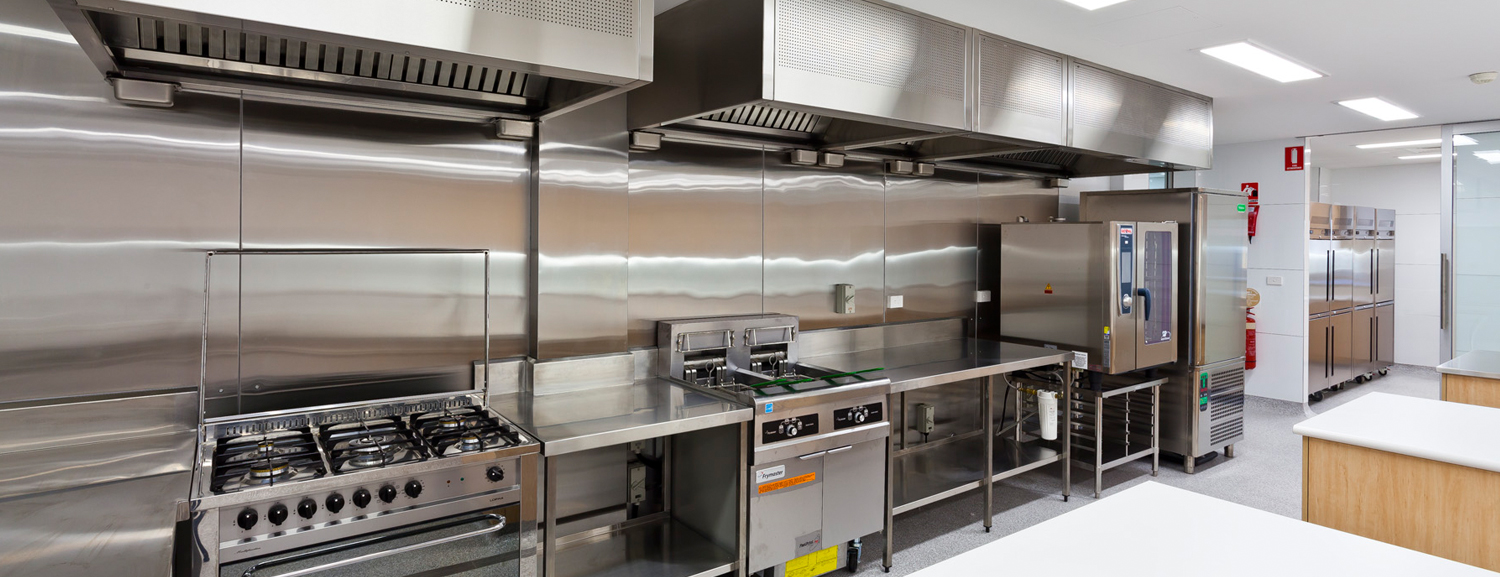ISO 13485 : 2003
Quality management system requirements – medical equipment
General
This International Standard outlines the requirements of the quality management system that can be used by organizations that design, development, construction, production and after-sales services related to employment are used.
The standard can be used by parties inside and outside the organization, including “certification bodies” to assess the organization’s ability to meet customer demands and requirements of the regulations used.
Quality management system requirements specified in this standard complement the technical requirements for products.
Process approach (Process approach)
This international standard is based on a process approach to quality management is built.
Any activity that transform inputs into outputs can be considered as a process. To function effectively, a number of interrelated processes should be identified and managed.
Often “outcome of a process directly” constitute input into the next process.
Using a system of processes within an organization, together with the identification and interactions of these processes and their management “process approach” is called.
Compatibility with other management systems
For the convenience of users in the medical community, the international standard ISO 9001 as follows.
This standard contains specific requirements of other management systems, such as requirements on environmental management, health and safety management or financial management are not considered.
Organizations can manage their existing systems to create a quality management system that comply with the requirements of this standard fit.
DEFINITIONS
1 Warning advice (Advisory Notice)
Warnings after the delivery of medical devices, to provide further information or additional and / or warn about the actions that need to be exported for the following items:
– The use of medical instruments
– The transformation of medical instruments
– Restore the medical device to the organization that it has funded.
– Disposal of medical instruments
Reminder – alerting recommendation may also be required to comply with national or regional regulations.
2 customer complaints (Customer Complaint)
Correspondence and contacts written, electronic or oral and identify deficiencies in the quality, durability, reliability, safety or performance of a medical device that has been present on the market.
3 medical devices (Medical Device)
Any materials, equipment, machinery, tools, machines, equipment, parts, improvised, diagnostic reagents, calibrator software and related materials and the like alone or in combination and used for human consumption is used for the following purposes:
– Diagnosis, prevention, monitoring, treatment, or sedation
– Diagnosis, monitoring, treatment, relief or repair damage
– Investigation, replacement, modification or support body structures (Anatomy) or a physiological process
– Protection of life
– Control fetus
– Disinfect medical instruments
– Providing information for medical purposes by diagnostic testing samples obtained from the human body
And it means that the desired operation inside and outside the human body through the means of pharmacology, immunology and metabolic not to do harm. (But these three tools to help the effectiveness of the tools
The benefits of this standard to establish the organization:
The establishment of this standard the following major benefits for organizations of:
Increased levels of customer satisfaction and reduce customer complaints
Reduced Products / Services Namntyq and increase the quality of human resource efficiency
Increased credibility with customers and other external stakeholders
Saving and reduce costs and increase control over organizational performance
The design and implementation of quality management systems, administrative procedures following should be considered:
A) the implementation of a process approach:
1٫ Identify the processes in the company
2٫ The mapping process
3٫ The correlation matrix formulation processes to identify processes interact and influence each other.
4٫ drawing a flowchart process to identify business process and staff training.
5٫ Determination of criteria for evaluating the effectiveness of procedures for effective control and prioritize their importance.
6٫ monitoring and performance measurement processes and reporting system to senior management.
B) the implementation of customer-centric:
1٫ The Committee customer surveys.
2٫ The criteria for the evaluation of customer satisfaction.
3٫ Design and develop satisfaction surveys.
4٫ Design and development of monitoring and measuring customer satisfaction.
5٫ improvement and effective control processes with customers.
C) implement systematic approach:
1٫ uniform and direction of all company processes through setting goals and planning to achieve them.
2٫ The organization’s quality policy.
3٫ Design of the exponential control and quality records.
4- designed to control nonconforming product identification and appropriate control of non-conforming products.
5٫ The method of corrective actions and preventive measures.
6٫ The design and planning of internal audits.
7٫ The Committee corrective and preventive actions, including those responsible for processes.
8٫ conduct effective management review in order to decide in advance process and switches.
9٫ The forms design requirements for quality management systems in all units.
10٫ Design and implement coding system for all documentation and forms used in the system.
11٫ Design and implementation of control systems and evaluating the purchase of goods and services.
12٫ The system of identification and traceability in the service.
13٫ improvement and effective control of the process of research and development organization.
14 set breakpoints in a product based on FMEA
15٫ assessment of crop failure
D) resources:
– human resources:
(1) determine the conditions on the basis of merit and competence of staff education, experience, skills and training in all units of the organization.
2٫ Design and implement all staff training system based on the international standard ISO 10015.
– Physical resources:
1٫ Design and implement preventive maintenance system.
2٫ The design and implementation of systems for accident repairs.
3٫ The system calibration based on the international standard ISO 10012.
4٫ Inventory control and maintenance of medical equipment in the organization.




